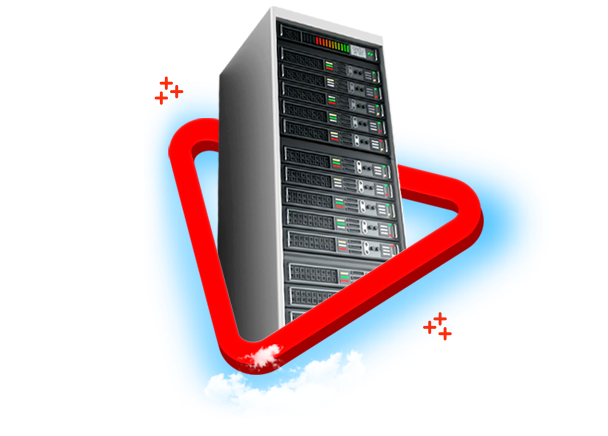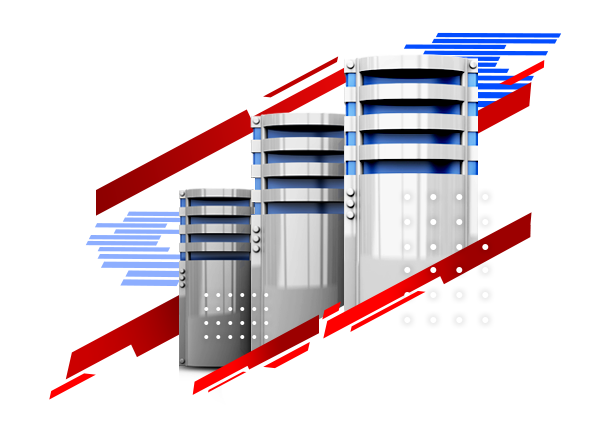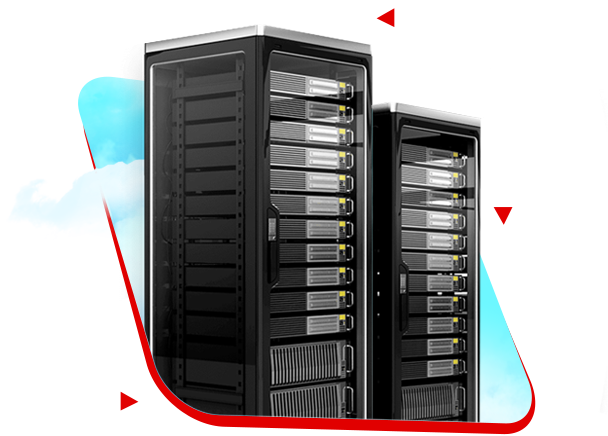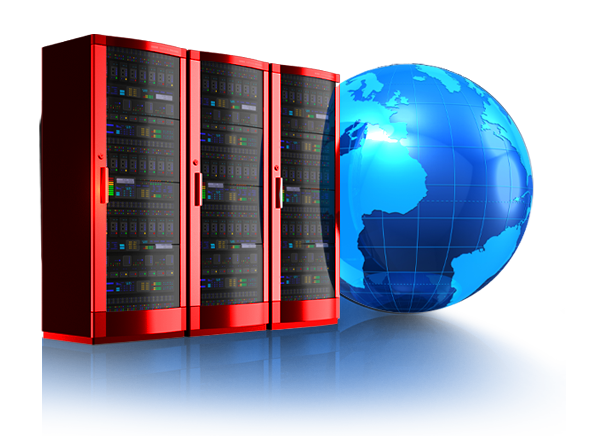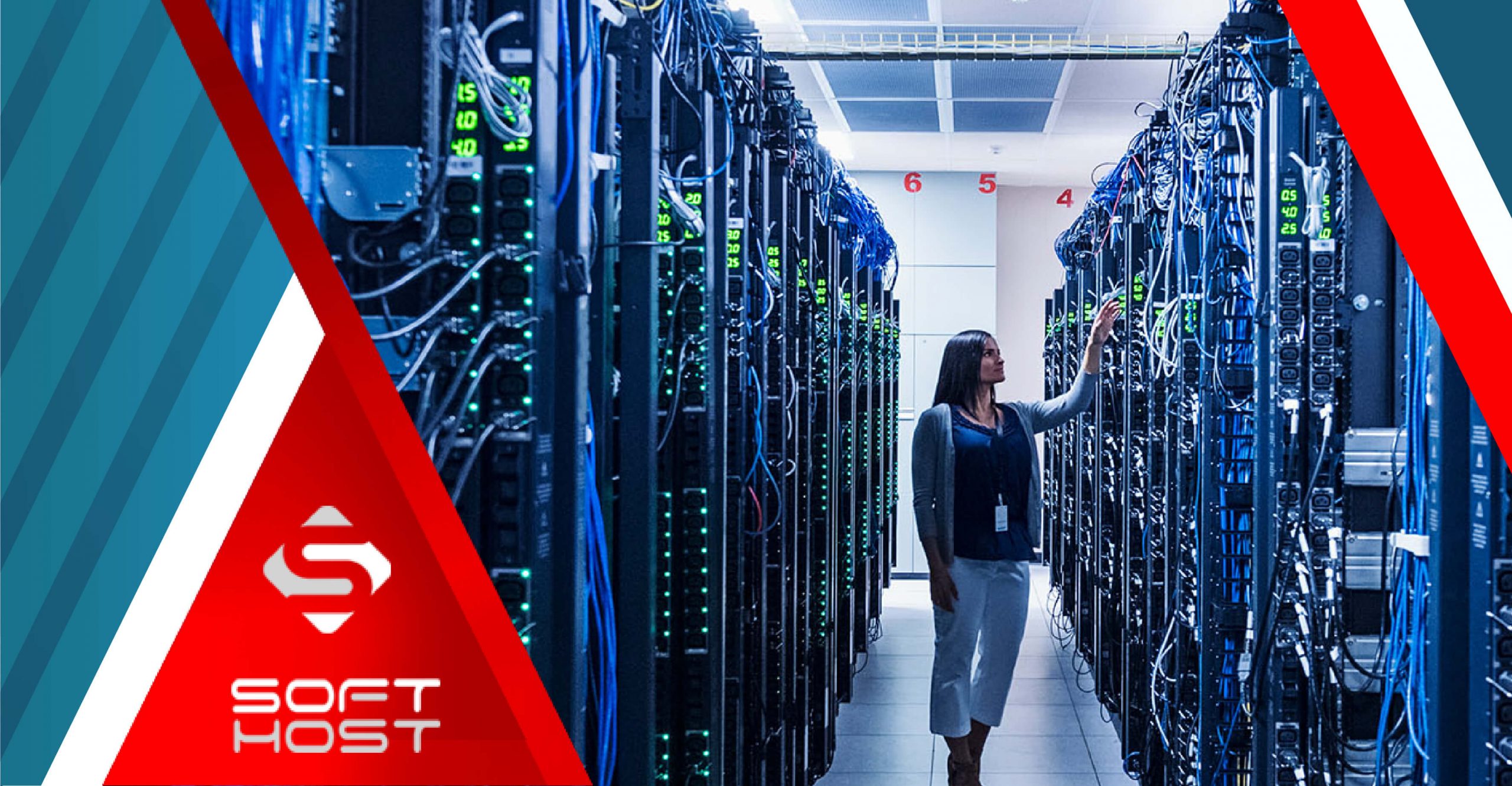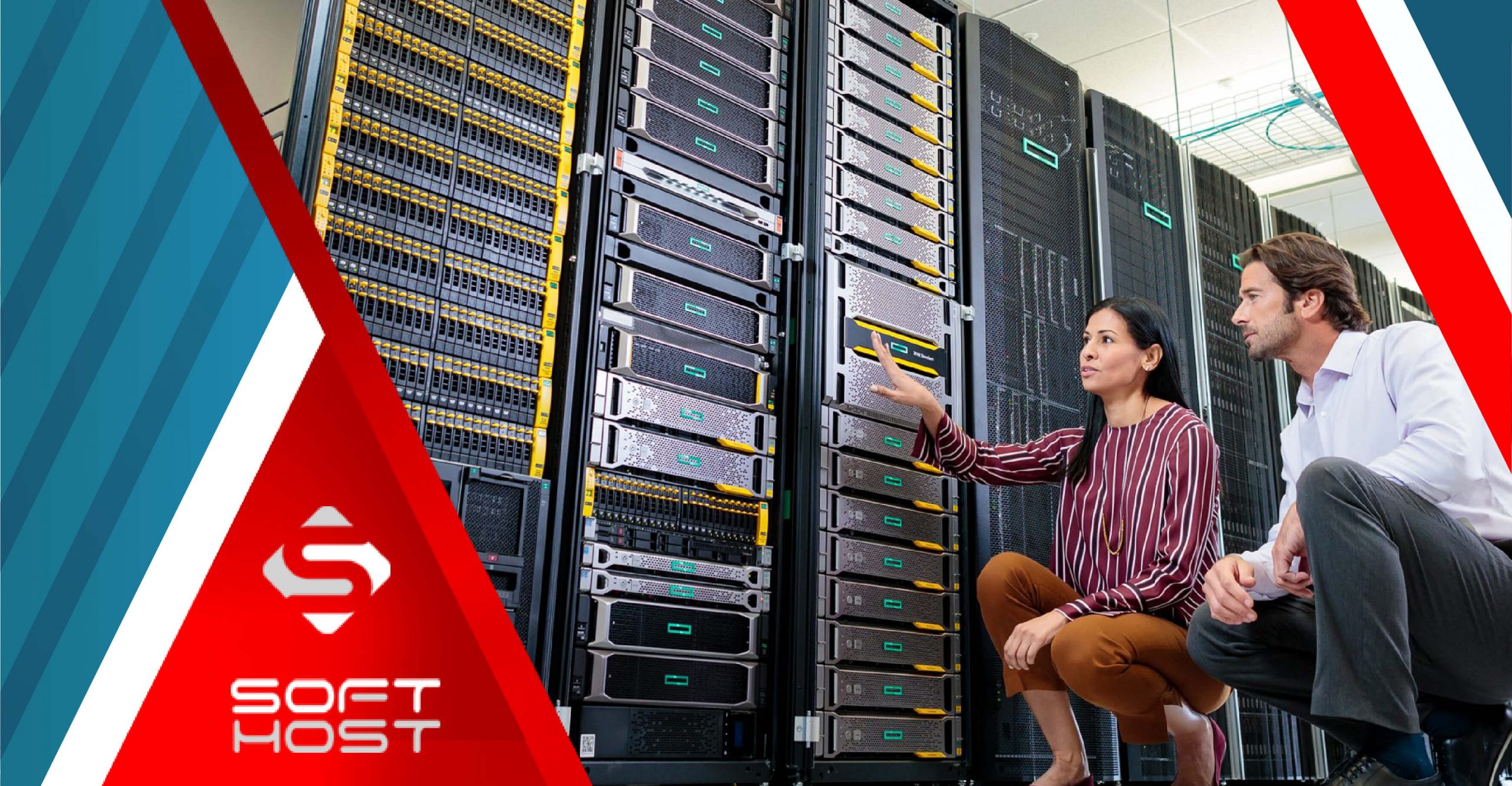
Clusters are one of the most attractive concepts in the discussion of parallel processing and servers. Colloquially, the concept of clusters refers to a set of computers that provide more power to do things by sharing each other’s processing power. A cluster consists of several machines that are connected in a high-speed LAN network and perform processing tasks using a regular schedule between network machines.
What is a cluster?
Table of Contents
Clusters are among the systems that implement a network and integrated processing for you using clustering or clustering techniques. The distinctive feature of clusters is their clustering. In such a way that several systems are connected with each other in a way to form a network with a specific processing power.
As it seems, having a cluster requires certain things that should be taken care of. Of course, it is possible to simulate a cluster using your organization’s systems, but there are problems and troubles in this way.
One of the problems of having a cluster is the difficulty of connections, providing communication and optimizing processes for clusters. In the following, we will examine each of these cluster implementation problems:
Provide communication
To provide a cluster you can use a normal LAN network. In the future sections, we will talk about the cluster architecture and the use of LANs.
The network that wants to keep the cluster up for you must be in ideal conditions in terms of application and work at high speed. The result of disruption in the cluster’s LAN causes a bottleneck to be created in the cluster. A bottleneck is a part of the system where the efficiency of the system decreases to that part. For example, if you use a LAN network with a transmission speed of 300 MB/s, and one of your LAN wires passes by a simple electrical wire, the correct data transmission speed on this line will drop to 200 MB/s. in fact, your whole system will drop to this extent.
Hard configuration
Another thing about clusters that should be taken into account is the configuration of the so-called hard clusters. Once you design the cluster and complete the clustering, you cannot change it to Plug and Play, and if one of your nodes fails for any reason, the entire cluster will stop.
Specificity of clustering programs
The most important options when it comes to cluster implementation are programs and operating systems that can support clustering. There are various operating systems that support this, among which we can mention the MOSIX Linux operating system, ClusterKnoppix, PelicanHPC, as well as Windows Server 2012 and 2016.
Clusters are one of the main infrastructure networks for clouds and large analytical systems, which, according to their conditions, are better professionally and in places that meet the conditions of these implementations and have expert forces for them. This is done.
What are the types of cluster implementation models?
There are different models for implementing clusters. In general, it can be said that the two elements of the implementation media and the process flow control architecture in clusters are the things that can play a vital role in the cluster configuration model.
Hierarchical clusters
Hierarchical clusters work in such a way that in the small networks that are the primary subsets of these systems, all the systems are connected to one network, and as the heads of the clusters, they form a separate network. The networks formed by these cluster heads are also subsets of larger clusters.
That is, here is a hierarchical structure, using which the active systems are hierarchically connected to each other.
Centralized clusters
In this type of implementation, powerful servers are placed in the center to which many systems are connected directly. Each of these centralized networks is a sub-cluster, which are connected to each other, and usually a powerful server controls the data among these servers.
The difference between this type of implementation and the hierarchical type at the level of implementation is much less than the previous series, and in our processing threads, it is a shallow tree, and instead, each of the servers or cores has a large number of systems. supports the. Also, regarding the control of the hierarchical system, it should be said that in the end, one server will be responsible for the control of the entire cluster, which in the case of the central system of this system can be two or three interconnected systems.
Maybe there is no difference between these two types of servers, but the prerequisites for setting up and using such clusters will be very complicated.
Distributed cluster
In this type of cluster, we see a complete set of systems that work as a single member and there is no mention of different sub-networks. In these types of systems, all nodes, which can be servers or computers, will be connected with a mesh protocol or a network (global connection protocols such as the Internet). In these systems, the processors should be set in such a way that they do not need to control the servers
In these systems, there is a distributed processing power that can be divided using special clustering systems to use the entire processing power. This type of configuration can be introduced as a compatible configuration that can create good places to increase and decrease systems.
Dense clusters
Density-based clustering is actually a type of distributed systems that are designed with the same architecture, with the difference that they do different processing work.
In these systems, when a number of computers or systems close to each other form a processing core, it can be said that this core has become a separate logical entity. In this case, the main processing work in your system will be done in weeks, and the decision of which of the cores will do this work or which core is stronger will be the responsibility of the entire system, and this will be done using the same algorithm as The work will be done in a distributed manner.
Dense algorithms generally have very good results for various cases in the fields of data analysis and analysis and can use other systems for simpler tasks and their dense cores for heavy processing.
The role of servers and data centers in this type of cluster is such that each of them is considered as a reference of processing resources and usually several servers are used at the same time, they can be a dense and heavy core of These are clusters.
Nodal clusters
This type is considered a combination of dense and hierarchical clusters. In this type of cluster, there is a distributed algorithm that recognizes the entire system and the density nodes that the nodes form in it and categorizes them. Each of these nodes is called a cell.
The cluster divides its tasks and processes among its cells and manages the processing load in this way.
The implementation of clusters will be more software-based, and each server’s operating system can implement the programs they have on this structure.
Difference between cluster and cloud
Clouds are large computer systems consisting of several servers that work seamlessly with each other and are distributed in the Internet space. Clouds can provide you with very important facilities despite the flexible structure.
If we want to check the structure of clouds. We will get exactly to things like cluster. That is, a number of systems that are fully networked together and can show very good performance and also perform large processes together, and where one of these systems has a problem, the other systems They do overlap for it. Next, we will examine the differences between cloud and cluster:
The size of the clouds is much larger
Clouds are generally larger than clusters, but there are also powerful processing clusters that may be much larger than normal clouds that are located in two or more data centers.
But in general, clouds are larger than clusters that may be used internally due to their global nature and due to the fact that they are only provided by large companies and huge data centers.
Clouds are dynamic
One of the main characteristics of clouds is their dynamics. When you want to add a system to a cloud or take a system out of service in it, you don’t need to stop its entire activity, this will be done automatically. While in clusters, when changes are made, it will cause the system to fail. In these cases, to remove or add a new system, the entire system must be stopped and reconfigured.
The flexibility and dynamism of clouds is a special and impressive feature in this field.
It is the same in the cluster of systems
The difference between servers in the cloud and their cluster systems. In a cluster, all systems must be fixed and use the same configuration. While this is not true in the clouds, any small or large system can be connected to the cloud.
CATEGORY:Blog

